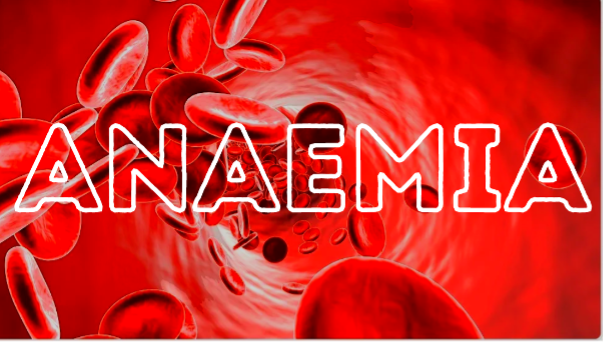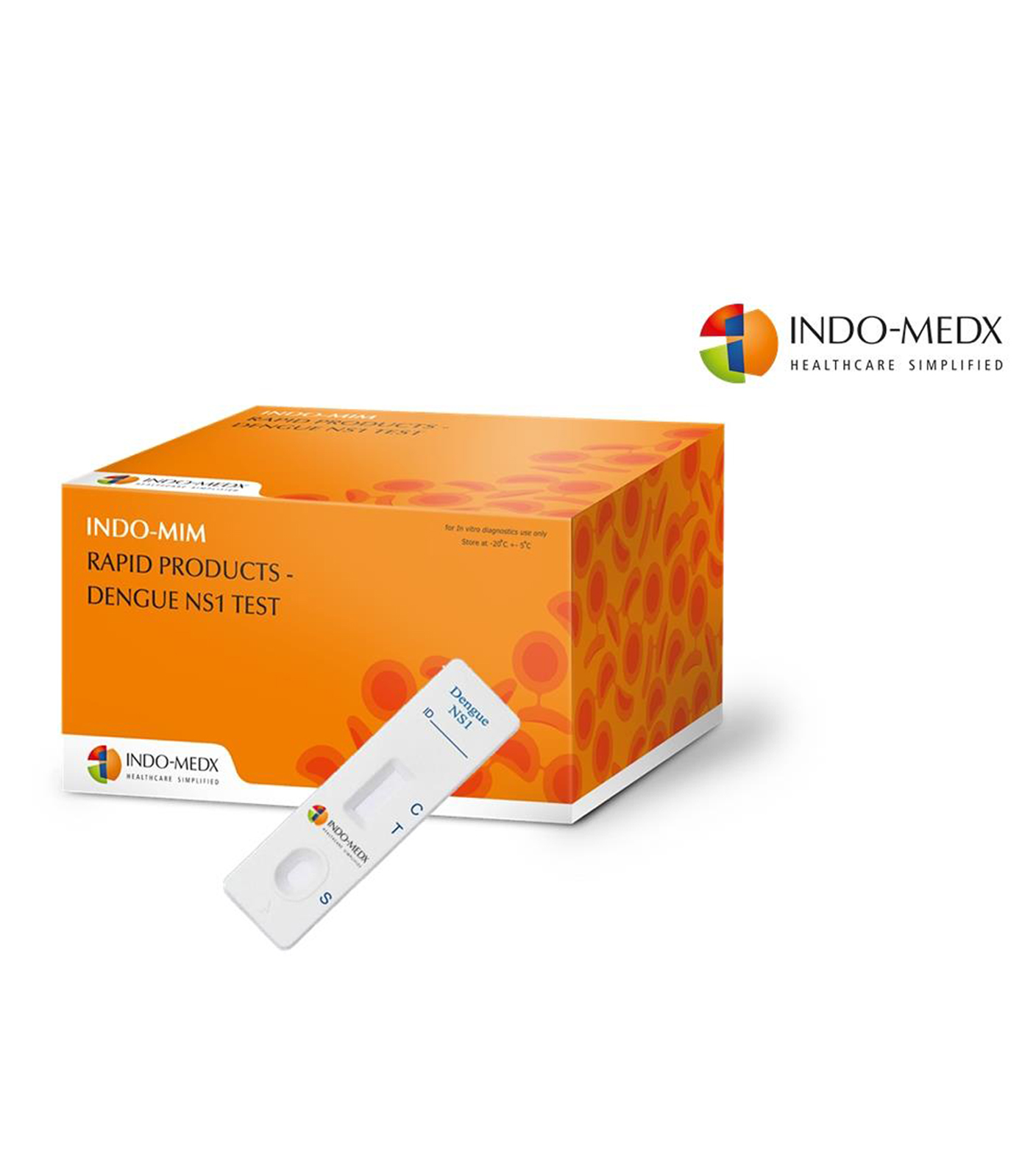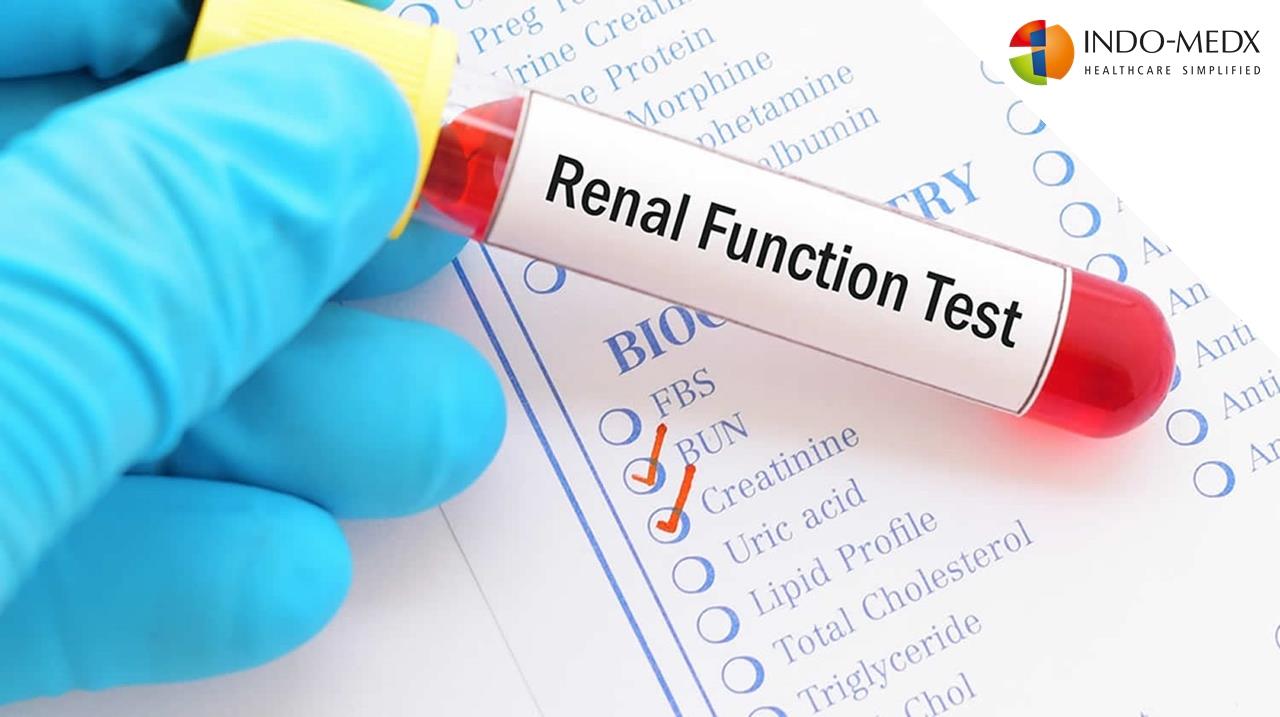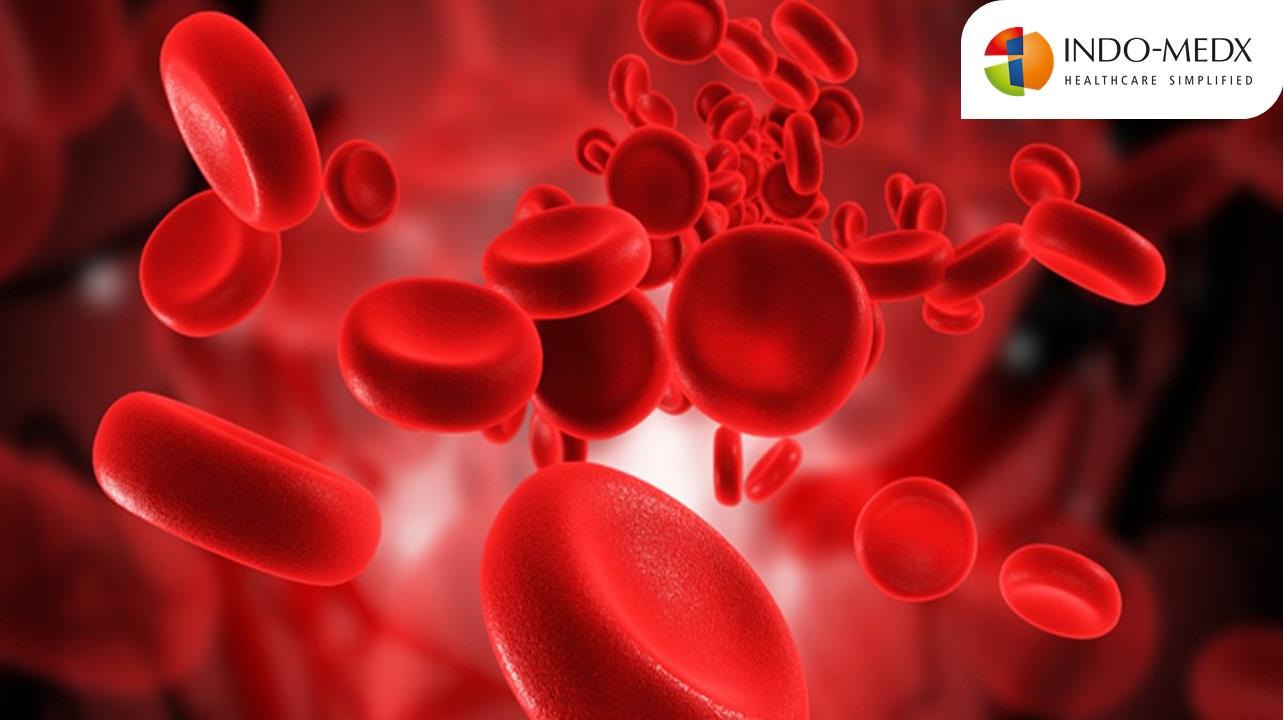
Nov 3, 2022
Blog
Anaemia
Haemoglobin is a protein present in red blood cells that carries oxygen to all body cells and tissues and transports carbon dioxide from cells and tissues back to the lungs. If the haemoglobin levels are lower than normal in the body, it indicates a low red blood cell count which implies that there is low oxygen supply in your blood than normal levels [1]. This is a common blood disorder in which the human body does not produce enough red blood cells and this disorder is called anaemia [1,4].
In general, the normal levels of haemoglobin in men and women are:
- Men: 13.8 to 17.2 grams per decilitre (g/dL)
- Women: 12.1 to 15.1 g/dL or 121 to 151 g/L
The following groups of people have the highest chances for iron deficiency anaemia:
- Menstruating women, especially if menstrual periods are heavy
- Pregnant or lactating women
- People with gut-related conditions such as celiac disease, inflammatory bowel diseases such as ulcerative colitis, or Crohn’s disease
- People with gastric ulcers or peptic ulcer disease
- People who have undergone bariatric procedures, especially gastric bypass operations
- Vegetarians, vegans, and other people whose diets do not include iron-rich foods
- People who have undergone major surgery or physical trauma [1,2].
Globally, there are over 1.6 billion people who are affected by anaemia. As per studies, about one-third or nearly 30% of the world’s population is affected by anaemia due to varied causes [2].
Different types and symptoms of anaemia:
· Iron-deficiency anaemia:
It is one of the common forms of anaemia that often affects women more than men and is more common during pregnancy. The body does not have enough iron to carry oxygen through your blood to all parts of your body.
Symptoms:
1. A hunger for strange substances such as paper, ice, or dirt
2. Upward curvature of the nails, called koilonychia
3. Soreness of the mouth with cracks at the corners (angular cheilitis)
· Aplastic anaemia – The body cannot produce enough red blood cells because of damaged bone marrow.
Symptoms
1. Frequent or prolonged infections
2. Unexplained or easy bruising
3. Nosebleeds and bleeding gums
4. Prolonged bleeding from cuts
· Haemolytic anaemia – The body itself damages its own red blood cells.
Symptoms
1. Abnormal paleness or lack of colour of the skin
2. Yellowish skin, eyes, and mouth (jaundice)
3. Dark-coloured urine
4. Fever
· Pernicious anaemia – Due to the deficiency of vitamin B12.
Symptoms
1. A tingling, or pin and needle sensation in the hands or feet
2. Loss in the sense of touch
3. Difficulty walking (or wobbly gait)
4. Stiffness of the arms and legs
5. Memory loss
· Normocytic anaemia– The body makes fewer red blood cells.
1. Jaundice (yellow skin and eyes)
2. Brown or red urine
3. Leg ulcers
4. Symptoms of gallstones
· Sickle-cell anaemia- A genetic disorder that affects the shape of your red blood cells.
Symptoms
1. Fatigue
2. Higher chances of infection
3. Delayed growth and development in children
4. Episodes of severe pain, especially in the joints, abdomen, and limbs [1,3,4].
Other symptoms might include:
· Fatigue and weakness
· Shortness of breath
· Headache
· Chest pain
· Dizziness
· Increased or irregular heartbeats
· Pale skin, nails, and mucous membrane
· Craving for indigestible items
TREATMENT:
In iron or vitamin B12 deficiency anaemia, you need to eat healthy foods and sometimes need nutritional supplements. In some other cases, if anaemia is severe and caused because of some pathology, then the doctors may prescribe some medications and injections to treat anaemia like Erythropoietin injections, hormonal medicines, or some antibiotics. Other forms of anaemia may require intense treatment, like surgery-to stop blood loss or blood transfusion [5,6].
Reference
2. https://coem.com/blog/iron-deficiency-anemia
3. https://anemia.com/blog/iron-deficiency-anemia
5. https://www.tumpik.com/orange8957-blog1
6. https://pharmeasy.in/blog/the-basic-things-you-should-know-about-anemia



